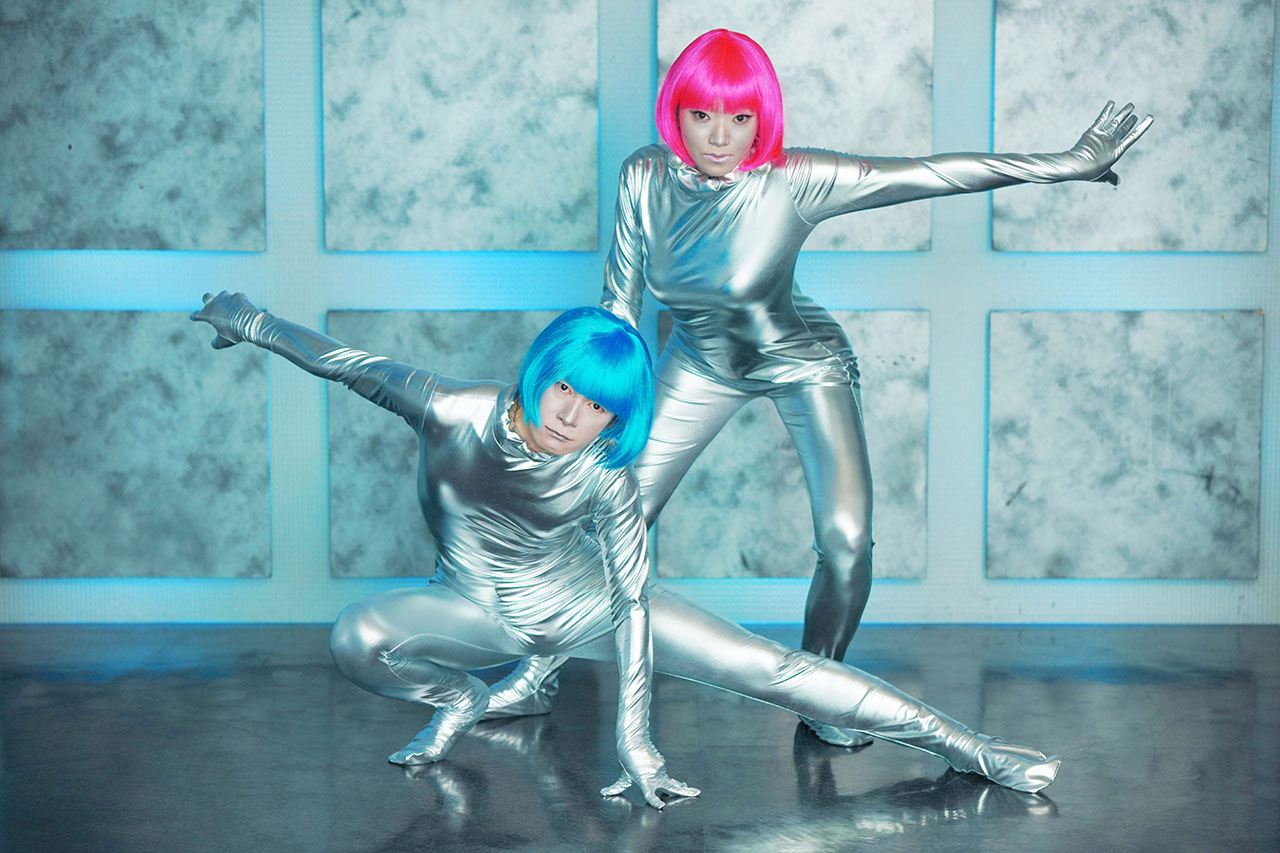Culture of Japan
The culture of Japan, an island country full of nature, has different characteristics from Western countries’ cultures. Japan has a significant difference with Western cultures especially on religious perspective and how they view nature. Japan has built up its original culture by taking in parts of neighboring Asian countries and Western countries culture and harmonizing it well with Japanese culture. Here, it will introduce inherited traditional culture which kept its original form over the past long period and some typical pop-culture, which has overwhelming support from modern young generation.
Japanese Tea Ceremony (Sado)
Japanese tea ceremony (sado) is the traditional tea ceremony of boiling water, making tea, and serving tea. Also, it is the style and art based on this tradition. The ceremony is not only to enjoy the tea but has developed into purpose/perspective of life, religion, and composite art covering wide fields such as tea ware and work of fine art to decorate tea-ceremony rooms. Tea ceremony has a phrase “Ichi-go ichi-e”, literally meaning "one time, one meeting" but can be translated into "for this time only", and "once in a lifetime". This phrase means “treat others well and treasure each time you meet someone as if it is the once-in-a-lifetime experience”.
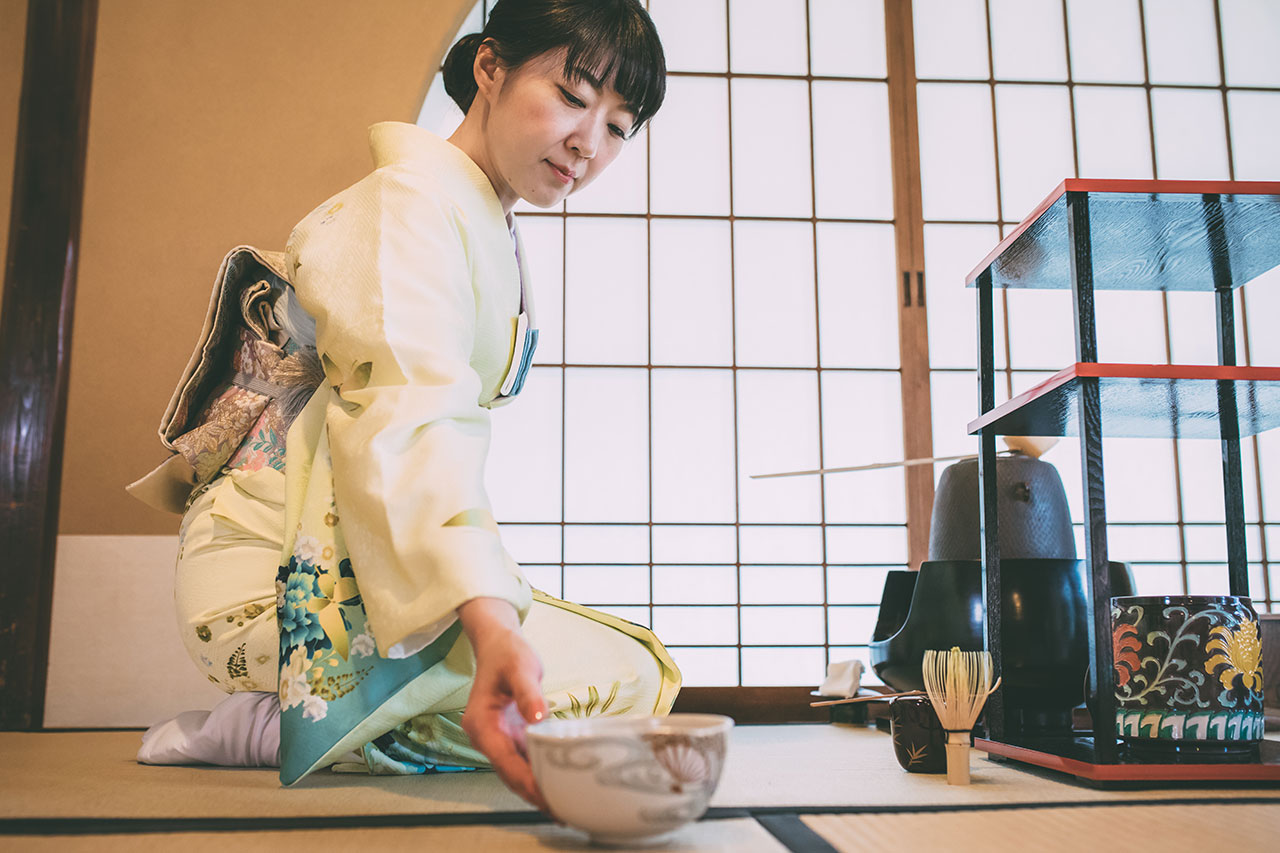
Ukiyo-e
Ukiyo-e is a type of art that began in the Edo era. Ukiyo-e is a genre painting influenced by Yamato-e paintings and the subject varies such as beautiful woman pictures of Oiran who was popular at that time, actor pictures of Kabuki, and erotic pictures. Ukiyo-e artwork is not completed by one person. One artwork is completed by three different processes and each craftsman cooperating with each other from the “artist” painting the picture in ink, the “engraver” engraving the design on to a wood called printing block, and the “printer” printing the printing block by coloring it. Ukiyo-e greatly influenced world-famous painters at the end of 19th century such as Gogh.
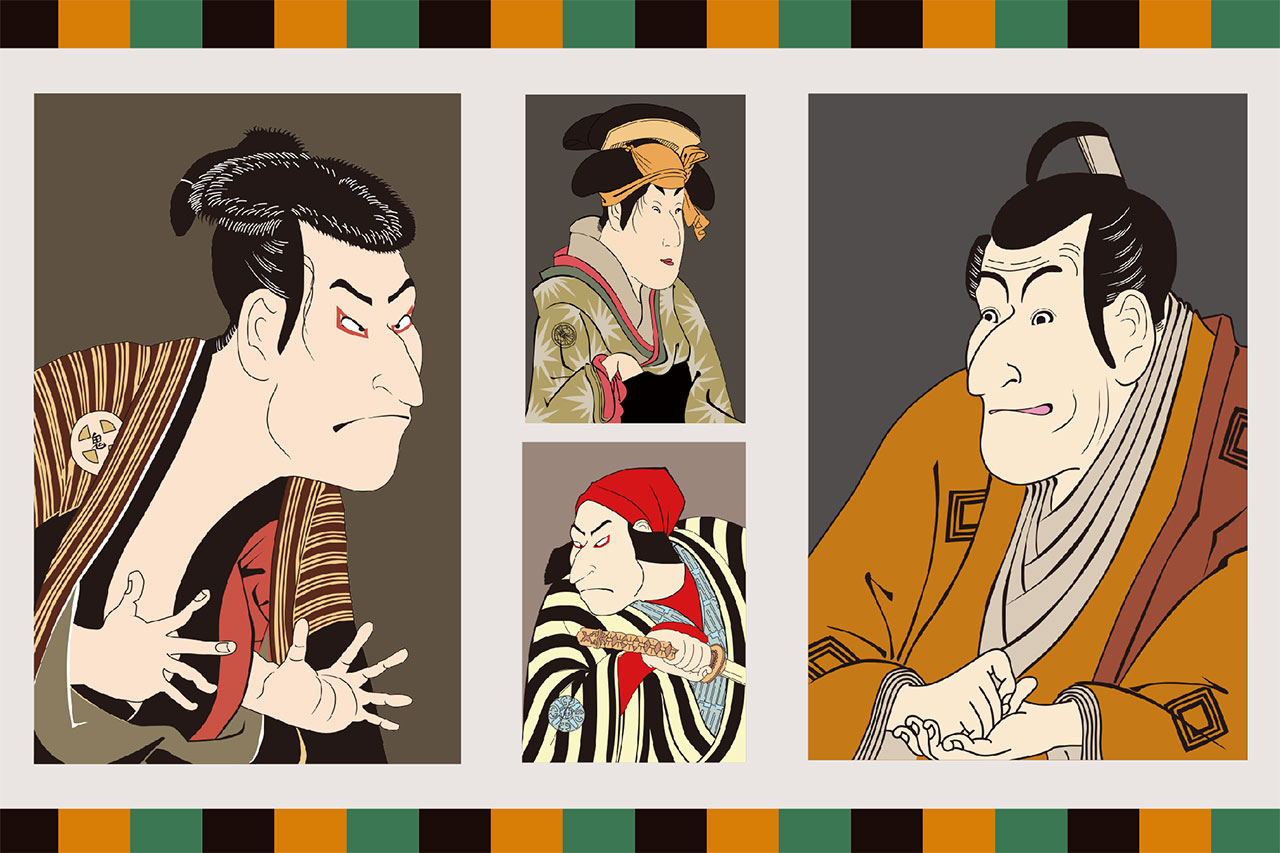
Noh
It is a type of Japanese performing arts and usually means Sarugakunoh. It is a musical theater performed on a stage with a roof for Noh with an actor called Shite singing and dancing. Musical accompaniment is constructed by Jiutai (Noh chorus) and Hayashi (Noh musicians). The most distinctive thing about Noh is the mask worn by the Shite called Nohmen. Dengaku, which began among the farmers, and Sarugaku, which developed Sanraku and connected it with festivals of shrines and temples, was blended together and became Noh. Father and son pair Kan'ami and Zeami greatly contributed to the development of Noh by including beautiful masks and rhythms into the dance, establishing Noh into a performing arts.
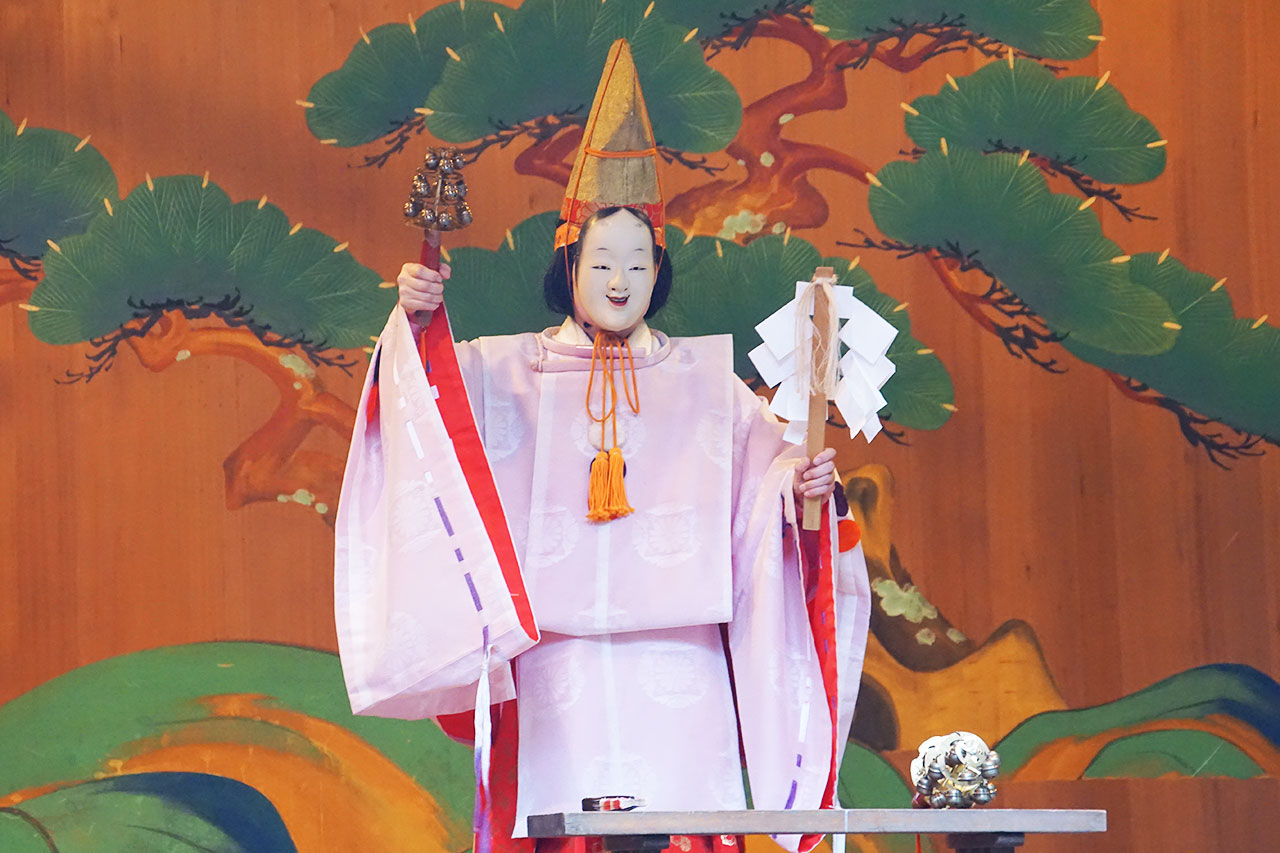
Kabuki
Kabuki is said to represent Japanese traditional performing arts. Kabukimono was used to called those more than 400 years ago who had a liking for flashy costumes or peculiar great accomplishment, or those who took deviant behavior from common senses. Kabuki entertains the audience from the three elements of song or music, dancing, and play by the actor. Even now, there are more than 400 performances performed by Kabuki. The content of Kabuki can be divided largely into two: “Jidaimono (ancient story)”, which is about historic events or people before the Edo period, or “Sewamono (drama dealing with common people’s life), which is about romance and humanity among common people in the Edo period.
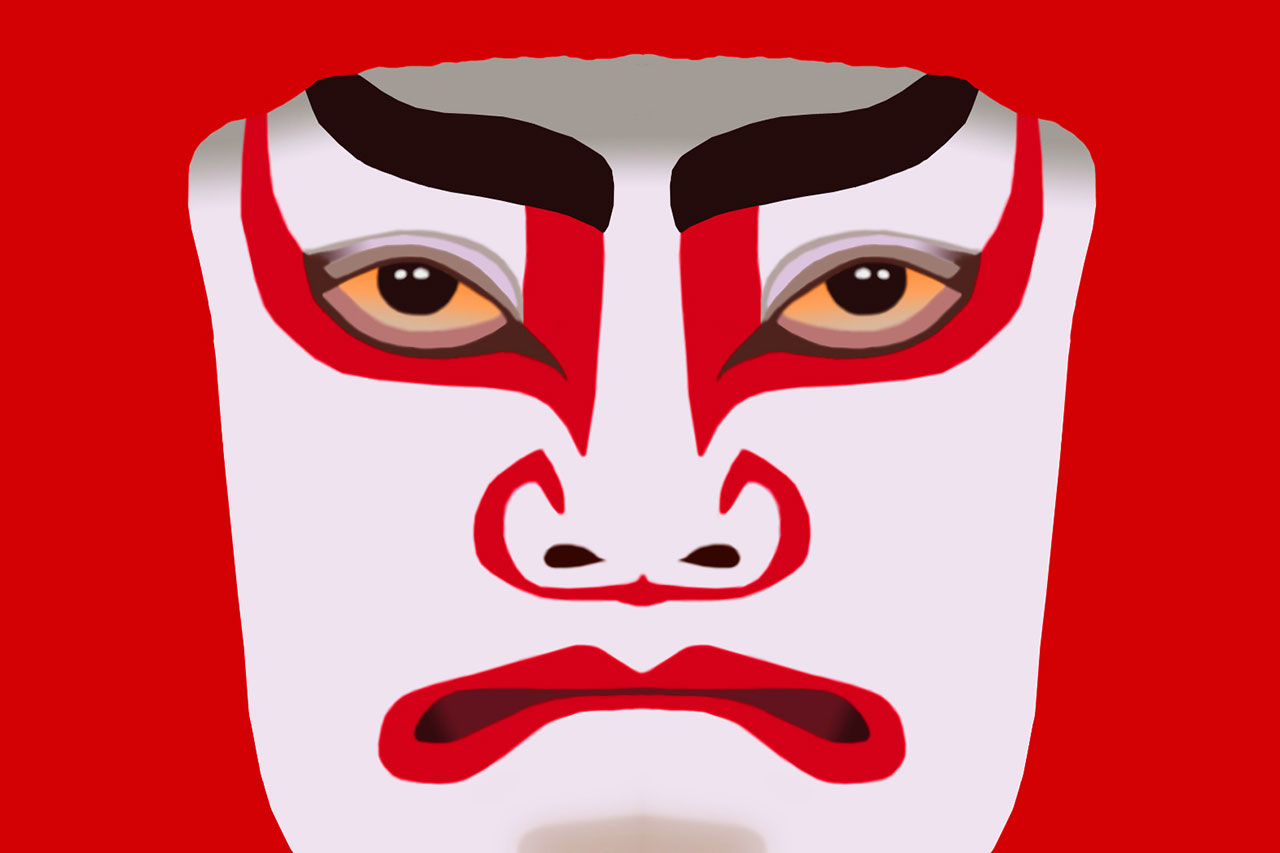
Sumo
Sumo is a Shinto ritual based on Shinto, the ingenious religion of Japan from ancient Japan, in which the sumo wrestler wrestles on the sumo wrestling ring. Ritual sumo wrestling matches are held at various locations in Japan as a “festival”. At the time of festival, many shrines have sumo wrestling, praying for peace reigning in the country, prosperity of descendants, productiveness of grain, or good catch at fishing. Sumo has been held as an entertainment to receive celebration gift money (expressed as prize money) from ancient time. Currently, Grand Sumo Tournament is held 6 times a year by the Japan Sumo Association at Tokyo, Nagoya, Osaka, and Fukuoka.
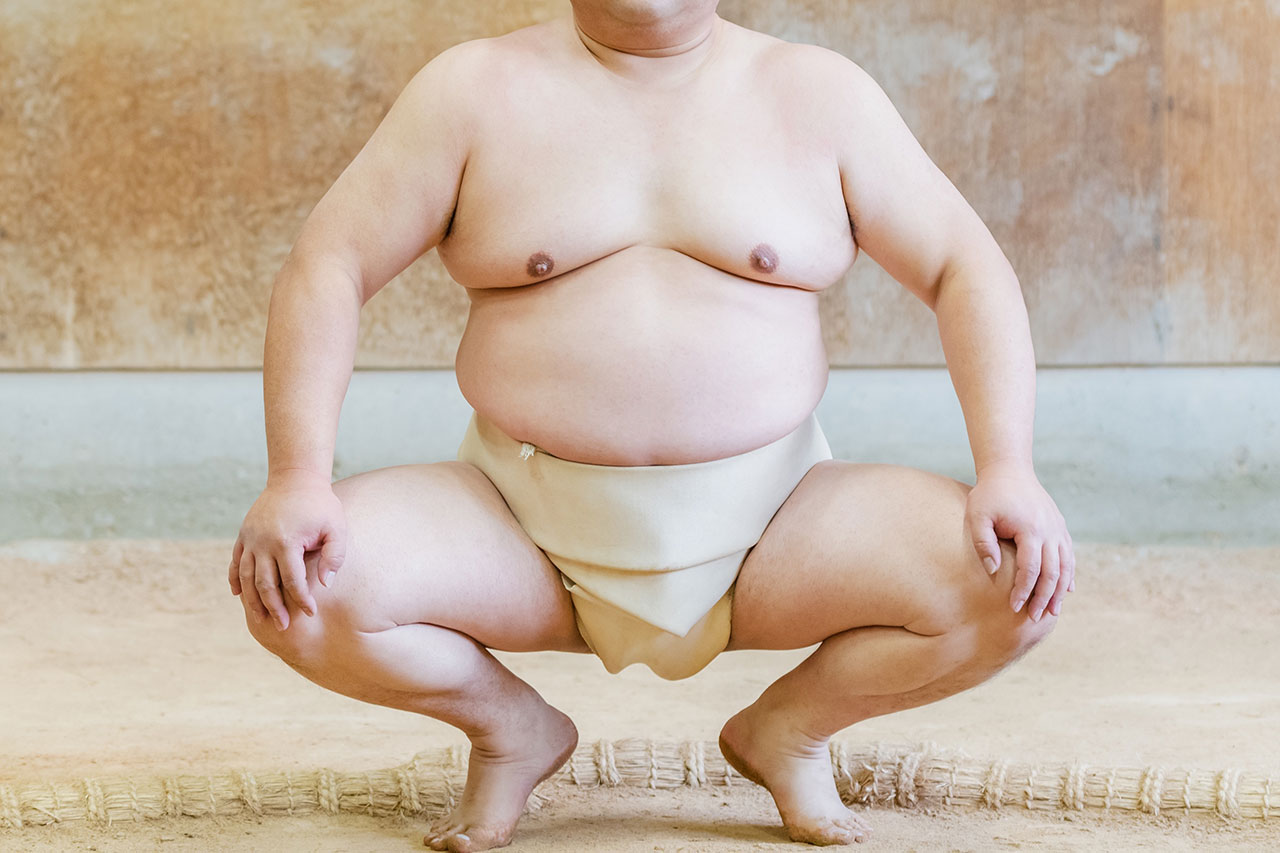
Wafuku (Japanese traditional clothing)
Wafuku is the traditionally Japanese clothing and is the traditional clothes of Japan in recent years. It is also called Kimono. Kimono was a term used to collectively call general Japanese clothing before Western clothes spread in Japan and is now used for wearing of Japanese traditional clothes. Until around 1970s, many people wore wafuku as everyday wear in their homes but gradually less people wear it for daily life and now it is mostly worn only as formal wear for weddings or graduations.
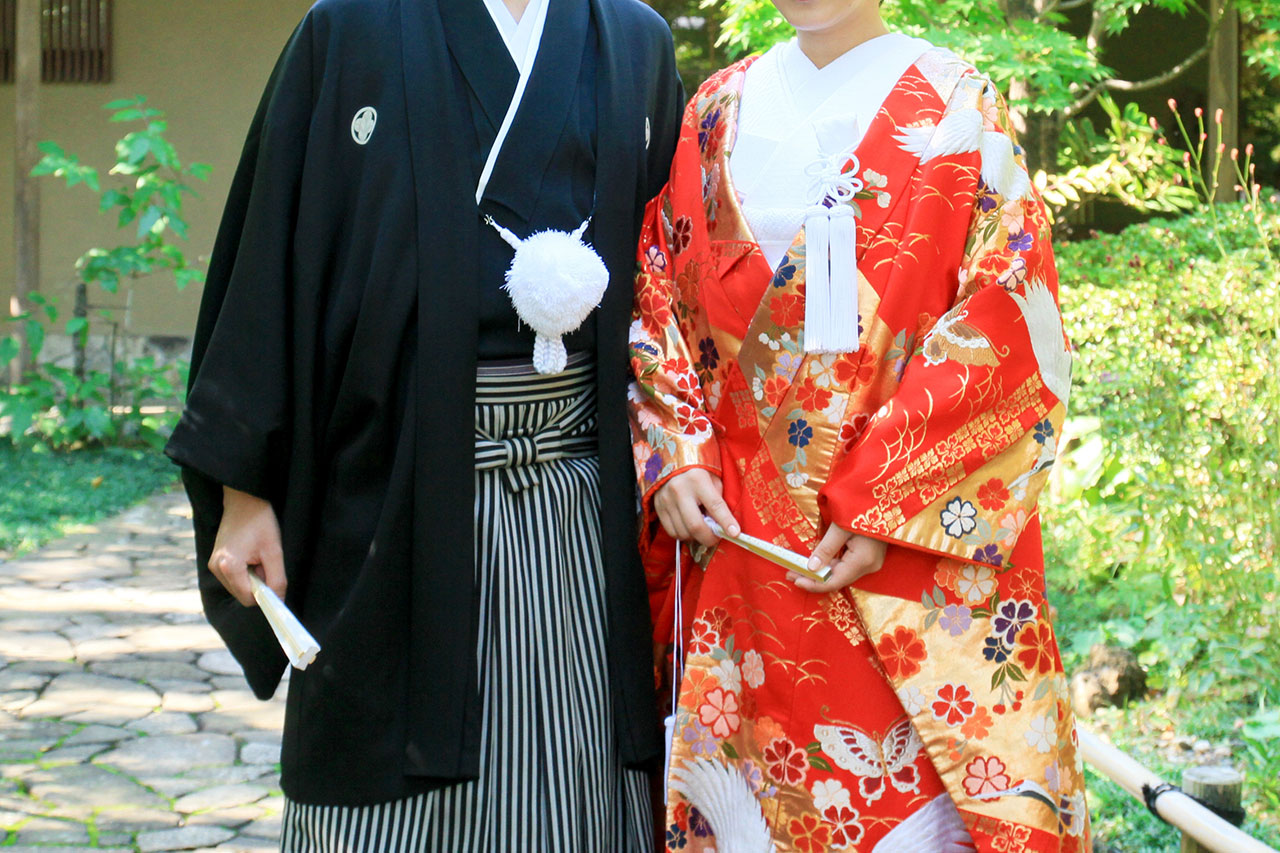
Japanese Traditional Garden
Japanese traditional garden is symbolically recreating a natural landscape by creating a miniature hill centered around a pond and consists of garden rocks. While Western style gardens geometrically arrange trees and rocks, Japanese traditional gardens create a natural landscape that imitates nature without changing anything by human hands as much as possible. Karesansui is often seen at Zen temples. This is a dry garden type which does not use any water and uses only sand, stones, and trees to represent mountain and water. The flow of water is shown using white sand and small stones.
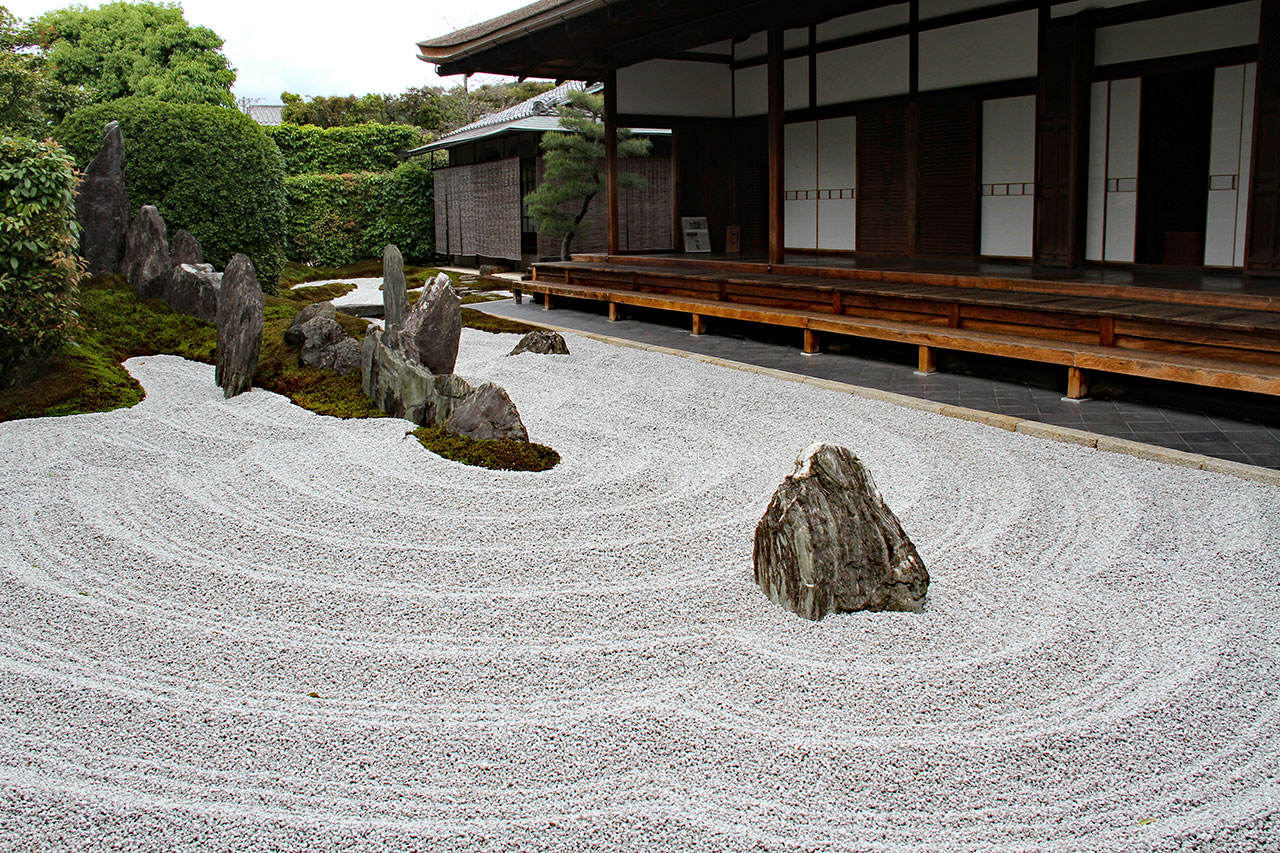
Kado (Flower Arrangement)
“Kado (traditional Japanese art of flower arrangement)” is a Japanese traditional culture and life culture, also known as “Ikebana”. Flowers are to be arranged so that they look the most beautiful from the front side. This is so that the arrangement looks the most beautiful when appreciating the decorated flower arrangement in the tokonoma, an alcove in a traditional Japanese room where art is displayed. Kado is not only to decorate flowers beautifully. It is also to enhance the spirituality of oneself, viewing plants and flowers as the same as humans with life, and to show hospitality to others. Thus, not only the flower but the balance of flower and the space in which it will be decorated is considered for Kado.
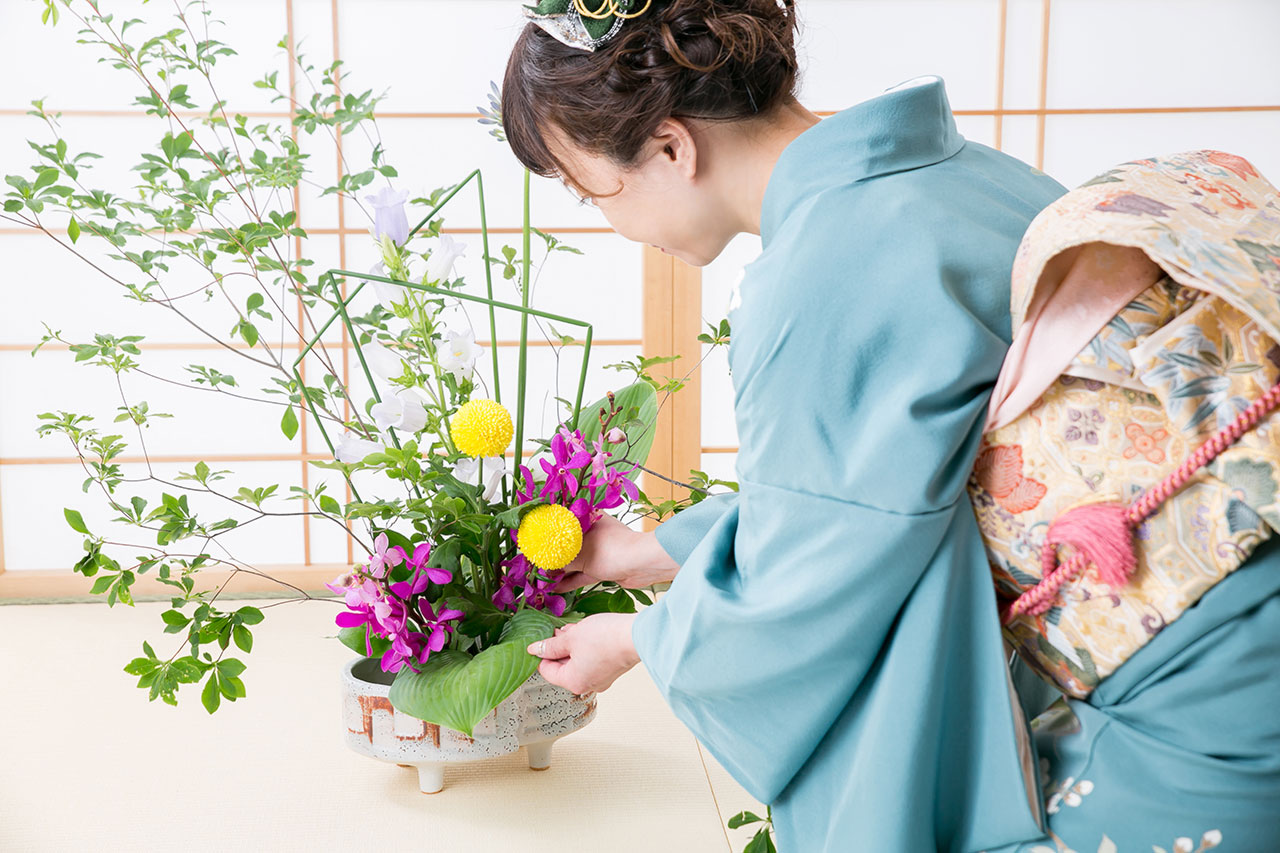
Manga
Japanese terms such as “manga” or “tankōbon” or exported to Europe and America. Japanese manga is different from American comics and bande dessinée in French speaking countries with its black and white printing, unique deformation, and storyline. Many used to reformat or add coloring to American comic format but nowadays it is published similar to original, extruding Japanese manga characteristics.
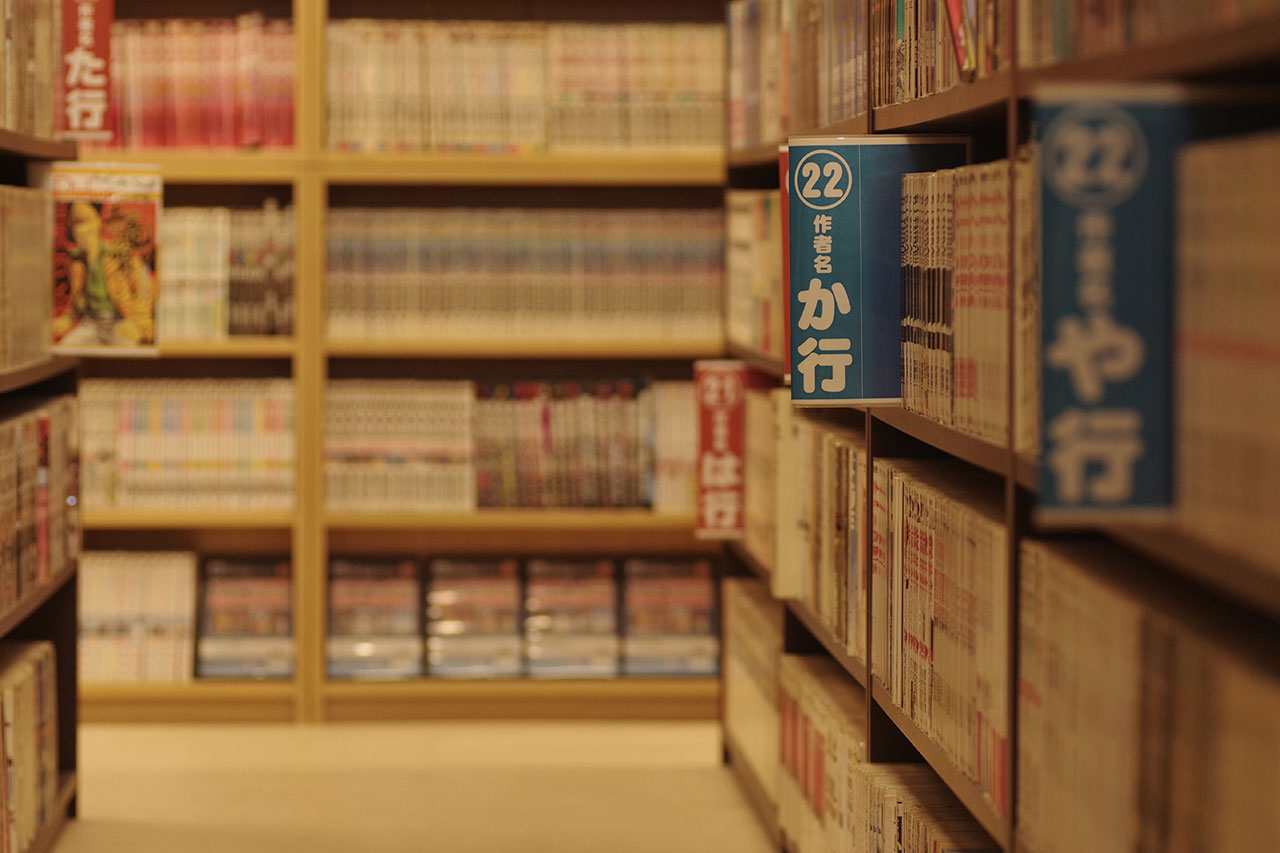
Anime
With the spread of TV from 1960s, many animators representing Japan such as Tezuka Osamu and Miyazaki Hayao began to become famous. Afterwards, their work was exported to overseas, gradually establishing the English term “Anime” which stands for Japanese manga movies. Modern animation history was significantly changed with animations such as “Mobile Suit Gundam” and “Neon Genesis Evangelion”. Japan kept pursuing to improve animation and movie (video) technology, more than other countries, and now it is a world-leading Anime country and continues to influence pop-culture.
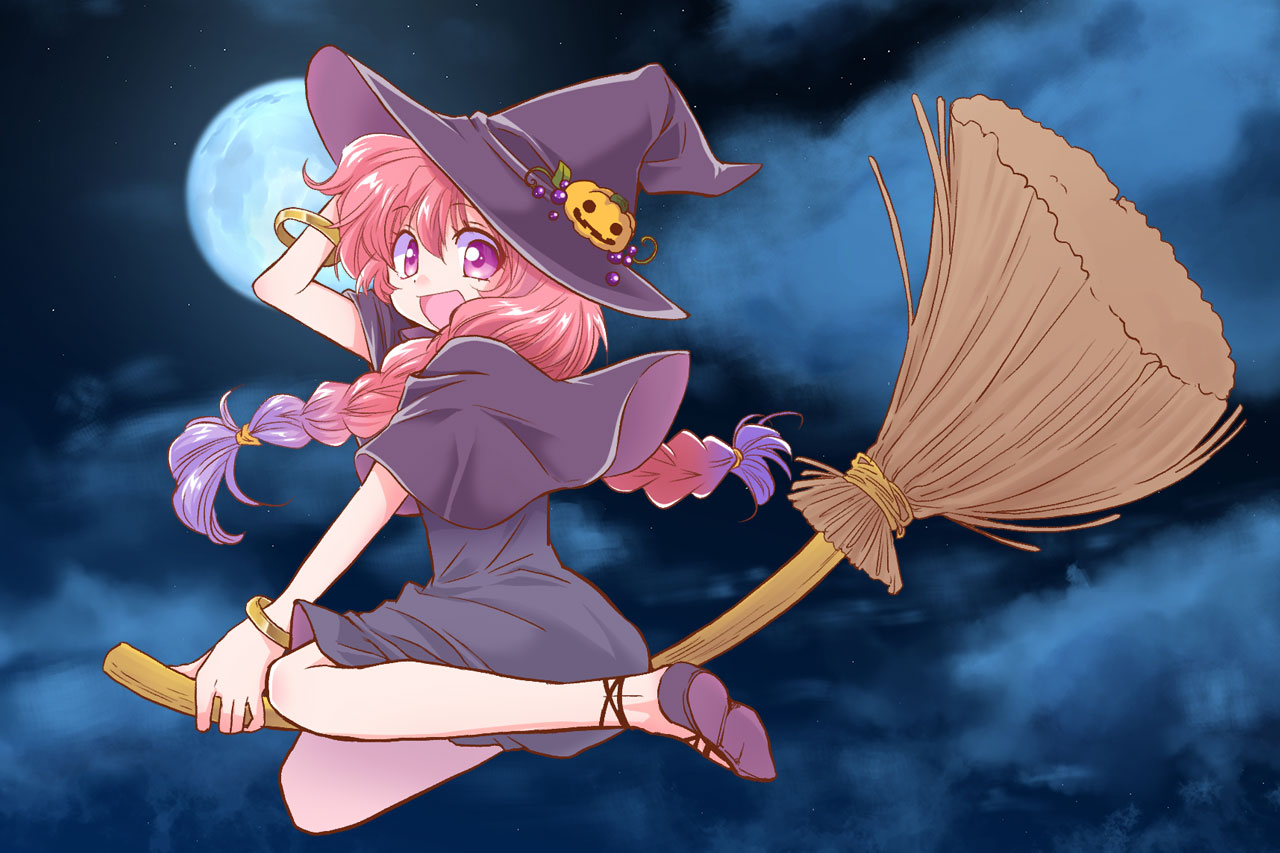
Video Games
For video game consoles, “Family Computer”, released in 1983, recorded explosive sales and became a social phenomenon. It overwhelmed all other hardware and became a representative of video game consoles. From 2006, the sales of handheld game consoles exceeded that of non-portable game consoles and it was replaced by games for smartphones from 2011.

Cosplay (Costume Play)
Cosplay (Costume play) is wearing the costumes of characters from manga, anime, or games. It first began in 1980s and became a completely new culture from Japan which explosively spread to the world from the 90s. Different countries hold various cosplay events but the greatest summit is the World Cosplay Summit. The World Cosplay Summit is the world’s biggest cosplay event held in Nagoya from 2003 and it is attracting attention as a new opportunity to create international exchange opportunity.
